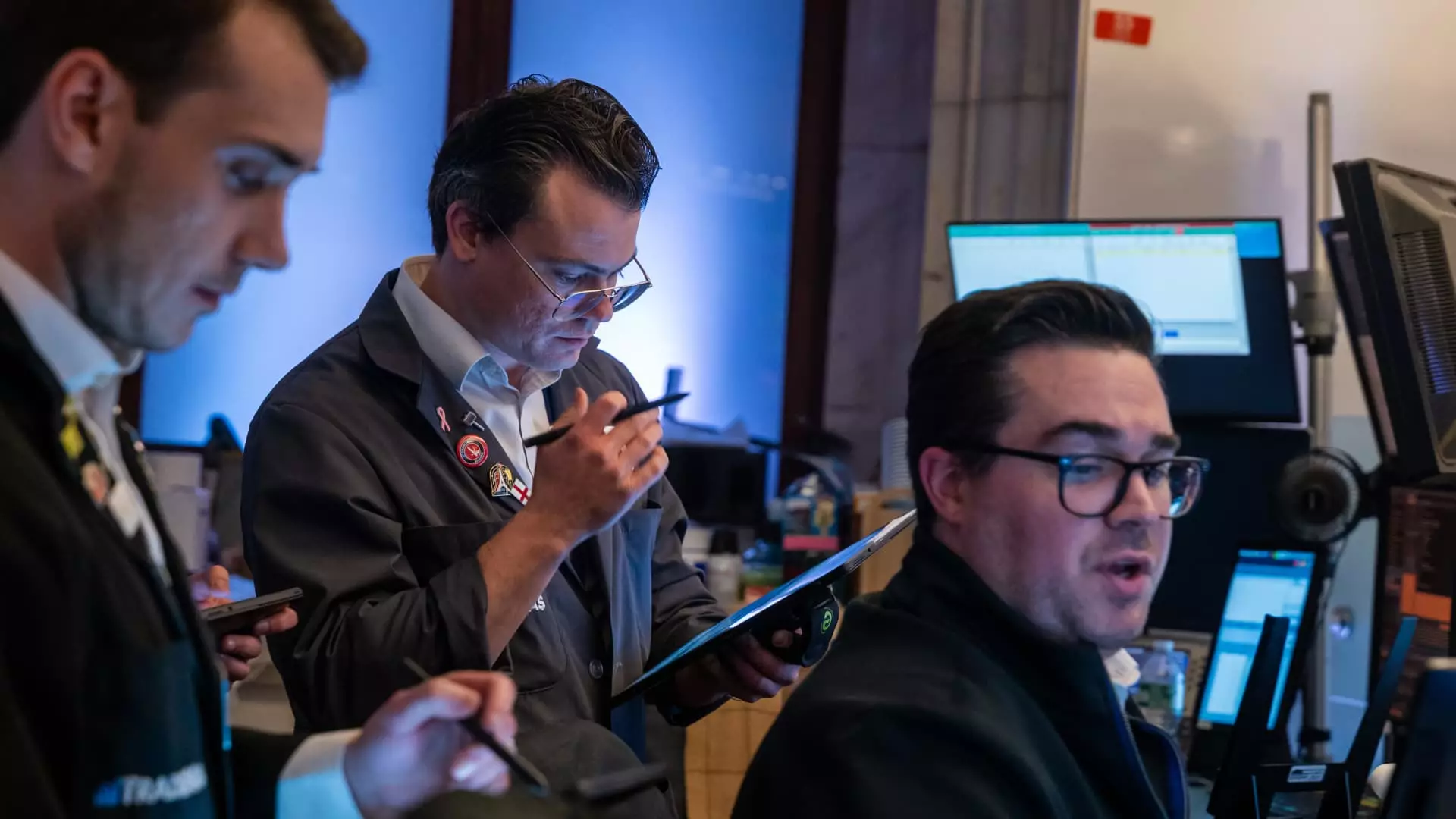Recent findings from Charles Schwab’s quarterly survey reveal a fascinating landscape of trader sentiment, showing that despite concerns of market overvaluation, a robust sense of optimism is taking root among investors. The survey, which drew responses from over a thousand active traders, indicates that a significant 51% identify as bullish, while only 34% lean bearish. This positivity is particularly pronounced among younger participants, those aged under 40, where bullish sentiment surged to 59%, rising from 47% in the previous quarter. This generational divide suggests that younger traders may be more willing to embrace risk, driven perhaps by different investing strategies or a long-term view focused on growth.
Interestingly, alongside the wave of optimism, a notable 66% of respondents acknowledged that they perceive the market as overvalued—a sentiment that raises eyebrows given the current bullish numbers. James Kostulias, head of trading services at Schwab, pointed out this paradox, remarking on the discernible mixture of skepticism and hope among traders. Many appear to recognize that while current valuations may not reflect long-term fundamentals, they still anticipate further bullish momentum. This complex interplay between cautious optimism and recognition of potential risks reflects the nuanced reality of today’s trading environment.
As the market grapples with fluctuations in both investor confidence and external conditions, certain sectors have captured traders’ attention. Energy, technology, finance, and utilities emerged as the most favored by respondents, potentially due to anticipated deregulation measures and other favorable policies from the current administration. Intriguingly, this trend comes at a time when broader market performance has shown signs of slowing. After a phenomenal two-year rise, where the S&P 500 soared over 50%, recent economic forecasts have hinted at an imminent slowdown, making sector-specific optimism even more noteworthy.
Another striking revelation from the Schwab survey is the softened outlook regarding potential recession risks. Only a third of traders now view a recession as “somewhat likely,” down from 54% in the prior quarter. This decline in recession fears may bolster confidence and encourage increased investment, especially when combined with the prevailing absence of inflation acceleration expectations. The majority of traders seemingly believe that price pressures are stabilizing, which can provide a more predictable environment for investment strategies.
The Charles Schwab survey illustrates a market pulsating with contradictory signals: traders are bullish despite recognizing potential overvaluation, pushing through an environment marked by economic uncertainty. As the market continues to evolve, with younger, more optimistic traders at the forefront, the dynamics of investing will likely shift in interesting ways. The challenge remains for investors to navigate this complex landscape, balancing optimism with a mindful eye on the potential headwinds that lay ahead. Each decision made in this charged atmosphere could be a reflection of broader economic currents that traders must remain attuned to, ensuring adaptability as key investment strategies unfold.

